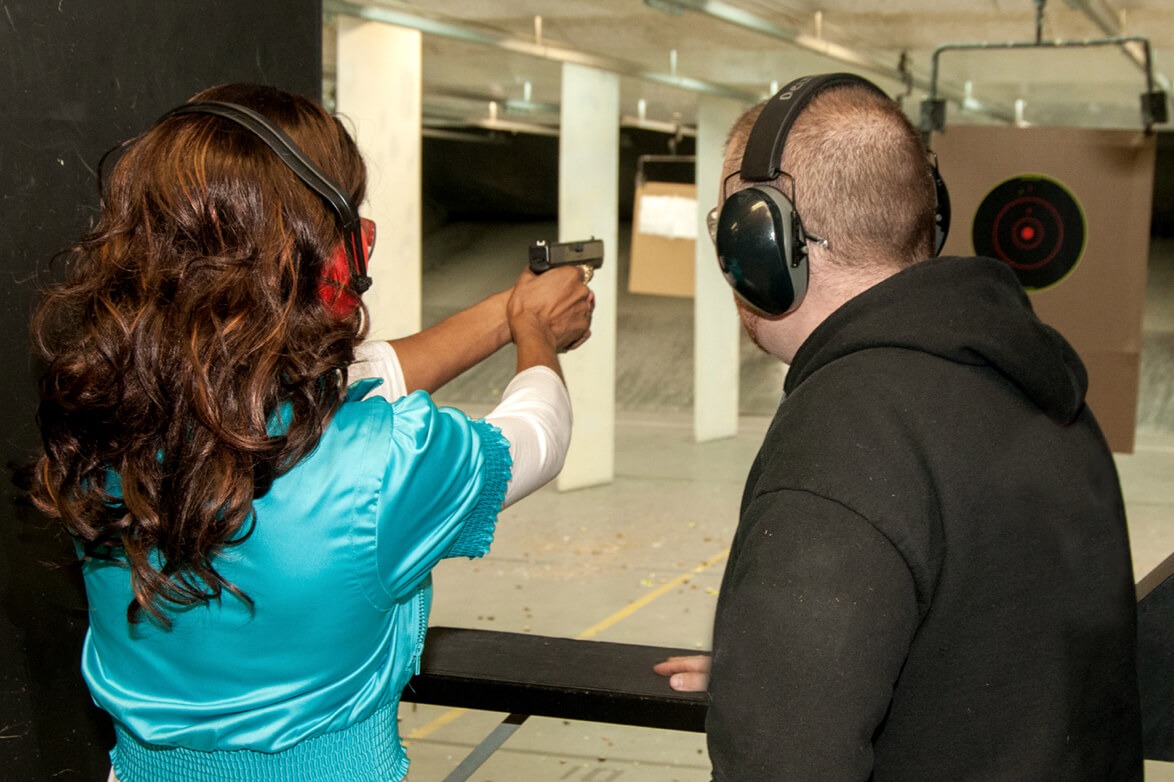 Back to News
Back to News
December 7, 2016
Burglary Prevention Part V — Testing Your Alarm System
 As you’ve seen in this series, your burglar alarm system is your primary tool for detecting an unauthorized intrusion into your place of business and summoning law enforcement quickly to prevent unnecessary losses and, hopefully, apprehend perpetrators. Therefore, it is critically important to test your system regularly to ensure your IDS (intrusion detection system) technology is functioning as expected.
As you’ve seen in this series, your burglar alarm system is your primary tool for detecting an unauthorized intrusion into your place of business and summoning law enforcement quickly to prevent unnecessary losses and, hopefully, apprehend perpetrators. Therefore, it is critically important to test your system regularly to ensure your IDS (intrusion detection system) technology is functioning as expected.
I am asked regularly, “How often should I test my alarms?” The best answer is “Often, and at least quarterly.” I prefer once a month and any time you have a change in staff with access and key control to your facility or part thereof. It is only through on-site testing that blocked motion sensors and device or system failures can be identified — and discovering alarm issues during a system test is much better than experiencing a failure during an actual burglary.
To conduct an adequate test of your burglar alarm system, follow these steps:
- Contact the alarm monitoring station, whether that’s the alarm company itself, your local law enforcement agency, or both, depending on how your system is designed to notify, prior to testing and alert them that you will be testing your system. If you have a direct connection to your local law enforcement agency, they may require that you schedule such testing 24 hours ahead of time.
- On the day of the test, schedule at least two staff members to arrive early or remain after hours. With them you will perform two tests:
- Testing signals within the facility
- Testing the signal from your facility to the monitoring center(s).
Let’s tackle facility signals first.
The procedures for testing these will vary slightly depending on the manufacturer of your system. If you have one, refer to the owners’ manual to test according to your system type. If not, the following test procedures should apply to most alarm systems:
- Call the monitoring station and ask that your system be placed in “Test” mode specifically for your hold-up and panic devices. Be ready to give your monitoring account number and password to the operator.
- Advise the monitoring station operator that you would like to test your panic / hold-up system.
- Follow the operator’s instructions exactly.Testing the operation of all door and window contacts, motion and vibration sensors:
- Verify the alarm monitoring service has been contacted and notified of your test.
- Create or obtain a list of all alarm devices or zones programmed into the alarm panel. These may be listed on the inside of the alarm keypad door.
- Close all perimeter doors, windows and roof hatches and verify there is no personnel movement within the facility.
- Verify that the system is in “Ready” mode, but do not arm it.
- Assign one staff member to stand at the alarm panel with a radio or cell phone and observe the digital display. Assign a second staff member to walk throughout the facility and open each protected door or window, one at a time, verifying the path of travel through the facility to the person standing at the digital display. Each motion sensor should be activated as well. The employee stationed at the display will check that the keypad displays “Fault,” “Zone #XX” or other device description when each door or window is opened.
- Have the employee moving through the store close the respective door or window after the employee at the display verifies that a fault or intrusion indicator at a particular point has occurred. Once closed, the employee at the display should now verify that the fault code should be cleared and the “Ready” status re-displayed.
- Repeat this procedure for each contact sensor in the system, noting any discrepancies or errors as the testing proceeds, including the sensor type and location.
This sequence should be coordinated for the testing for all motion, vibration and other sensor devices. You must make sure to open every contact and walk through and activate every sensor. Your testing should also include activating vibration sensors, which can be tripped by pounding on walls. Testing of glass-break sensors will require special devices, which should be available from your alarm company.
Motion sensor testing requires a more thoughtful approach. With these you will use the same two-person approach, but the staff member working their way through the store should use various walking speeds, patterns, distance from sensors and coverage tests to ensure the sensors are adjusted correctly to detect movement. Again, you must make sure to verify that every device has been tripped or activated appears on the alarm keypad display at the correct time and that the description and location of each sensor is properly listed on the zone/device listing. If not, make a note about that sensor and its location so that a remedy can be affected.
Note: The one thing you do not want to test during the testing of your sensors are your panic or hold-up alarms. Since your system is still active, doing so may summon police. There is a way to test these particular alarms, and it’s part of testing your signal transmission to the alarm monitoring station (or your local law enforcement agency).
Follow these instructions to properly test your hold-up and panic devices:
 Next, to test alarm system connectivity from your location to the alarm monitoring service, proceed with this process:
Next, to test alarm system connectivity from your location to the alarm monitoring service, proceed with this process:- Call the monitoring station and ask that your system be placed in “Test” mode. Be ready to give your monitoring account number and password to the operator and tell them that you’ll be specifically testing your connectivity to the monitoring station.
- Arm your system as usual and set it off by opening a door or window or by tripping a motion detector. Allow the alarm to sound for at least one minute.
- Check to verify that audible alarms, strobe lights, cameras and other integrated technologies properly activate when an alarm device is actively tripped. (If you have a fogger or pepper-spray anti-burglary system, refer to your owner’s manual before conducting any testing of an “armed” burglar alarm system.)
- Turn off your system and reset it to “Ready” mode.
- Contact the monitoring system and verify that they received the signal. If they reply in the affirmative, have them take your system off of “Test” mode. Otherwise, report a problem to them.
If you would like assistance with your store security needs or would like an onsite assessment, NSSF’s team of store security consultants are standing by to help. Contact John McNamara at [email protected] for more details or to schedule your visit today.
You may also be interested in: Security Camera System and Public-View Monitors
About the Author
 John Bocker is an NSSF Security Consultant Team Member and the Managing Director at JB Group, LLC, based in Denver, Colorado. JB Group is a business security and integrity strategy consultant organization specializing in maximizing profitability, risk management, employee integrity, operational controls and driving success! Visit www.jbgroupco.com or call (720) 514-0609 for more information.
John Bocker is an NSSF Security Consultant Team Member and the Managing Director at JB Group, LLC, based in Denver, Colorado. JB Group is a business security and integrity strategy consultant organization specializing in maximizing profitability, risk management, employee integrity, operational controls and driving success! Visit www.jbgroupco.com or call (720) 514-0609 for more information.









